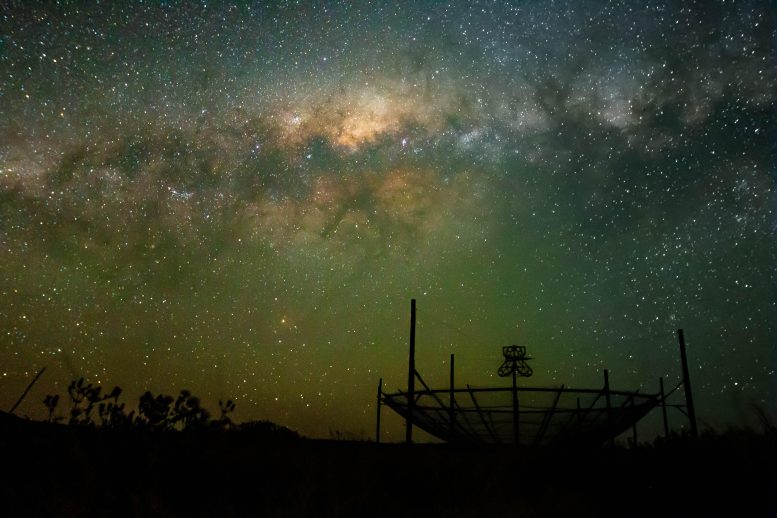
The HERA radio telescope, located in Karoo in South Africa, consists of 350 dishes pointed upward to detect radio waves from the early universe. Credit: Dara Storer
Astronomers have taken a significant step forward in uncovering the mysteries of the cosmic dawn.
A collection of 350 radio telescopes located in the Karoo desert of South Africa is rapidly advancing towards the detection of the “cosmic dawn” – the period following the Big Bang when stars first lit up and galaxies started to flourish.
A group of scientists from North America, Europe, and South Africa has increased the sensitivity of the Hydrogen Epoch of Reionization Array (HERA) radio telescope by twofold. With this breakthrough, they aspire to uncover the secrets of the early universe.
“Over the last couple of decades, teams from around the world have worked toward a first detection of radio waves from the cosmic dawn. While such a detection remains elusive, HERA’s results represent the most precise pursuit to date,” says Adrian Liu, an Assistant Professor at the Department of Physics and the Trottier Space Institute at McGill University.
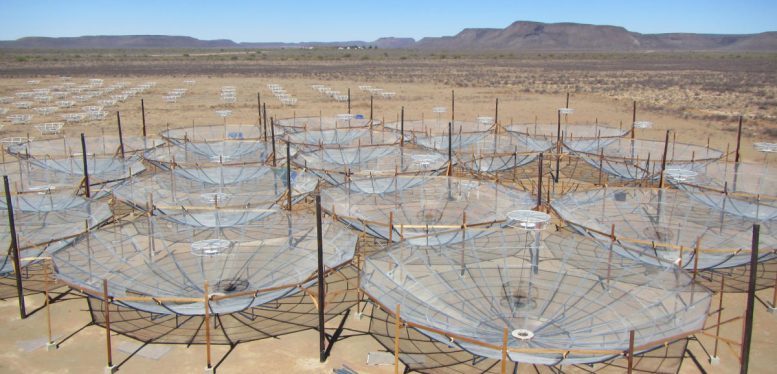
The HERA radio telescope. Credit: Dave DeBoer
The array was already the most sensitive radio telescope in the world dedicated to exploring the cosmic dawn. Now the HERA team has improved its sensitivity by a factor of 2.1 for radio waves emitted about 650 million years after the Big Bang and 2.6 for radio waves emitted about 450 million years after the Big Bang. Their work is described in a paper published in The Astrophysical Journal.
Although the scientists have yet to detect radio emissions from the end of the cosmic dark ages, their results provide clues about the composition of stars and galaxies in the early universe. So far, their data suggest that early galaxies contained very few elements besides hydrogen and helium, unlike our galaxies today. Today’s stars have a variety of elements, ranging from lithium to uranium, that are heavier than helium.
Ruling out some theories
When the radio dishes are fully online and calibrated, the team hopes to construct a 3D map of the bubbles of ionized and neutral hydrogen – markers for early galaxies – as they evolved from about 200 million years to around 1 billion years after the Big Bang. The map could tell us how early stars and galaxies differed from those we see around us today, and how the universe looked in its adolescence, say the researchers.
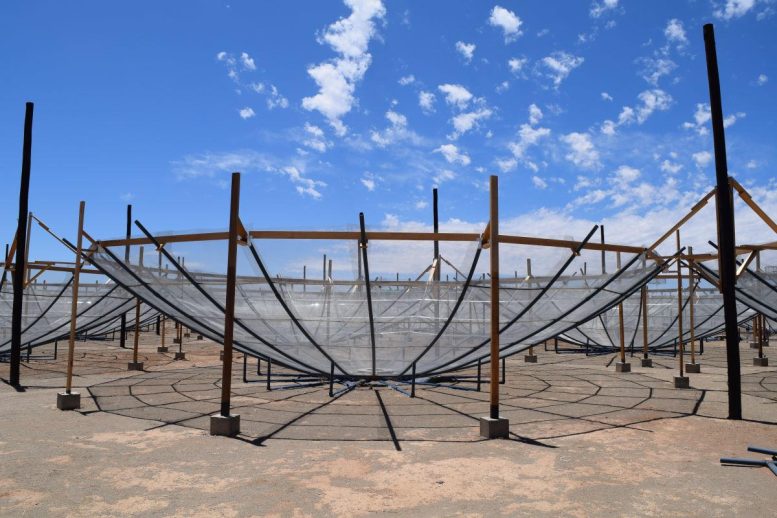
One of the 350 dishes that make up the HERA radio telescope. Credit: Dara Storer
According to the researchers, the fact that the HERA team has not yet detected these signals rules out some theories of how stars evolved in the early universe. “Our data suggest that early galaxies were about 100 times more luminous in X-rays than today’s galaxies. The lore was that this would be the case, but now we have actual data that bolsters this hypothesis,” says Liu.
Waiting for a signal
The HERA team continues to improve the telescope’s calibration and data analysis in hopes of seeing those bubbles in the early universe. However, filtering out the local radio noise to see the signals from the early universe has not been easy. “If it’s Swiss cheese, the galaxies make the holes, and we’re looking for the cheese,” says David DeBoer, a research astronomer at the University of California Berkeley’s Radio Astronomy Laboratory.
“HERA is continuing to improve and set better and better limits,” says Aaron Parsons, principal investigator for HERA and a University of California Berkeley Associate Professor of astronomy. “The fact that we’re able to keep pushing through, and we have new techniques that are continuing to bear fruit for our telescope, is great.”
Reference: “Improved Constraints on the 21 cm EoR Power Spectrum and the X-Ray Heating of the IGM with HERA Phase I Observations” by The HERA Collaboration: Zara Abdurashidova, Tyrone Adams, James E. Aguirre, Paul Alexander, Zaki S. Ali, Rushelle Baartman, Yanga Balfour, Rennan Barkana, Adam P. Beardsley, Gianni Bernardi, Tashalee S. Billings, Judd D. Bowman, Richard F. Bradley, Daniela Breitman, Philip Bull, Jacob Burba, Steve Carey, Chris L. Carilli, Carina Cheng, Samir Choudhuri, David R. DeBoer, Eloy de Lera Acedo, Matt Dexter, Joshua S. Dillon, John Ely, Aaron Ewall-Wice, Nicolas Fagnoni, Anastasia Fialkov, Randall Fritz, Steven R. Furlanetto, Kingsley Gale-Sides, Hugh Garsden, Brian Glendenning, Adélie Gorce, Deepthi Gorthi, Bradley Greig, Jasper Grobbelaar, Ziyaad Halday, Bryna J. Hazelton, Stefan Heimersheim, Jacqueline N. Hewitt, Jack Hickish, Daniel C. Jacobs, Austin Julius, Nicholas S. Kern, Joshua Kerrigan, Piyanat Kittiwisit, Saul A. Kohn, Matthew Kolopanis, Adam Lanman, Paul La Plante, David Lewis, Adrian Liu, Anita Loots, Yin-Zhe Ma, David H. E. MacMahon, Lourence Malan, Keith Malgas, Cresshim Malgas, Matthys Maree, Bradley Marero, Zachary E. Martinot, Lisa McBride, Andrei Mesinger, Jordan Mirocha, Mathakane Molewa, Miguel F. Morales, Tshegofalang Mosiane, Julian B. Muñoz, Steven G. Murray, Vighnesh Nagpal, Abraham R. Neben, Bojan Nikolic, Chuneeta D. Nunhokee, Hans Nuwegeld, Aaron R. Parsons, Robert Pascua, Nipanjana Patra, Samantha Pieterse, Yuxiang Qin, Nima Razavi-Ghods, James Robnett, Kathryn Rosie, Mario G. Santos, Peter Sims, Saurabh Singh, Craig Smith, Hilton Swarts, Jianrong Tan, Nithyanandan Thyagarajan, Michael J. Wilensky, Peter K. G. Williams, Pieter van Wyngaarden and Haoxuan Zheng, 14 March 2023, The Astrophysical Journal.
DOI: 10.3847/1538-4357/acaf50
The HERA collaboration is led by University of California Berkeley and includes scientists from across North America, Europe, and South Africa, with support in Canada from Natural Sciences and Engineering Research Council of Canada, Canadian Institute for Advanced Research, Fonds de recherche du Québec – Nature et technologies, and from the Trottier Space Institute at McGill University. The construction of the array is funded by the National Science Foundation, the Alfred P. Sloan Foundation, and the Gordon and Betty Moore Foundation, with key support from the government of South Africa and the South African Radio Astronomy Observatory (SARAO).

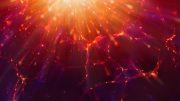
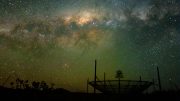
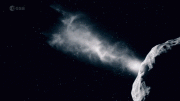
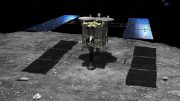
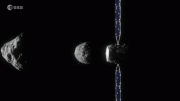
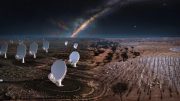
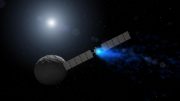
Be the first to comment on "Unlocking the Secrets of the Early Universe: Scientists Double Sensitivity of HERA Radio Telescope"